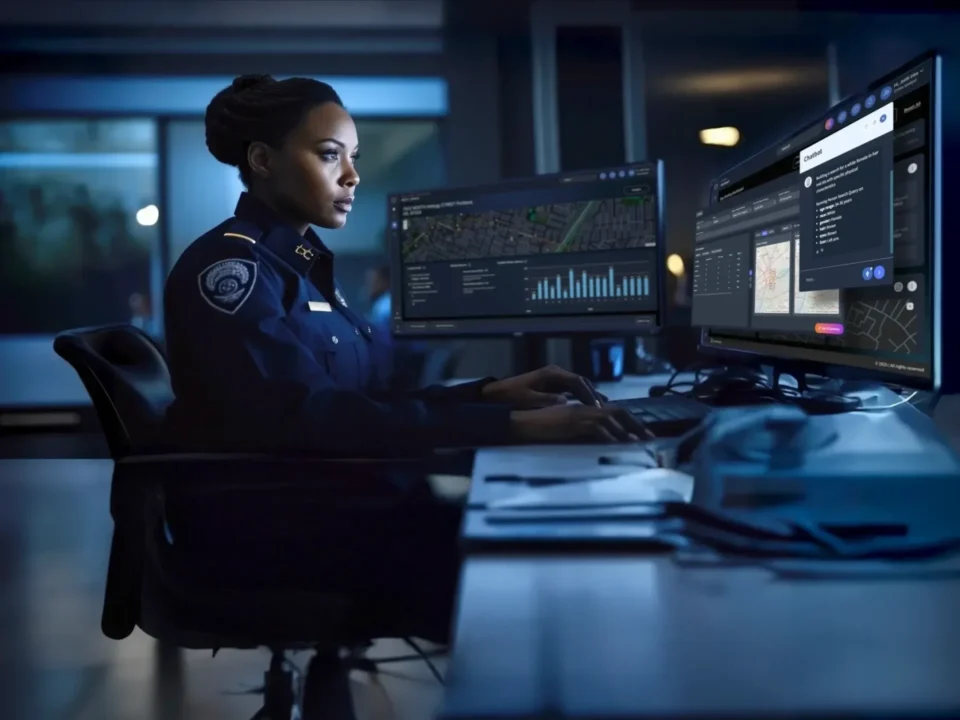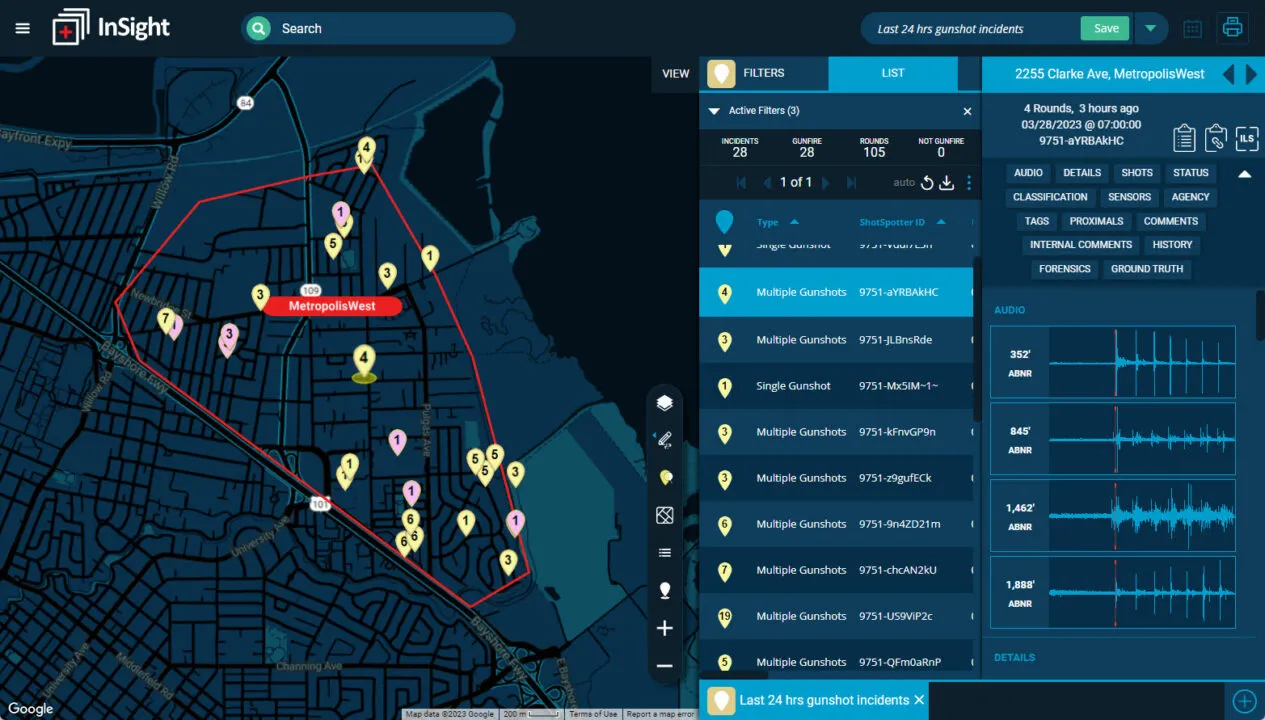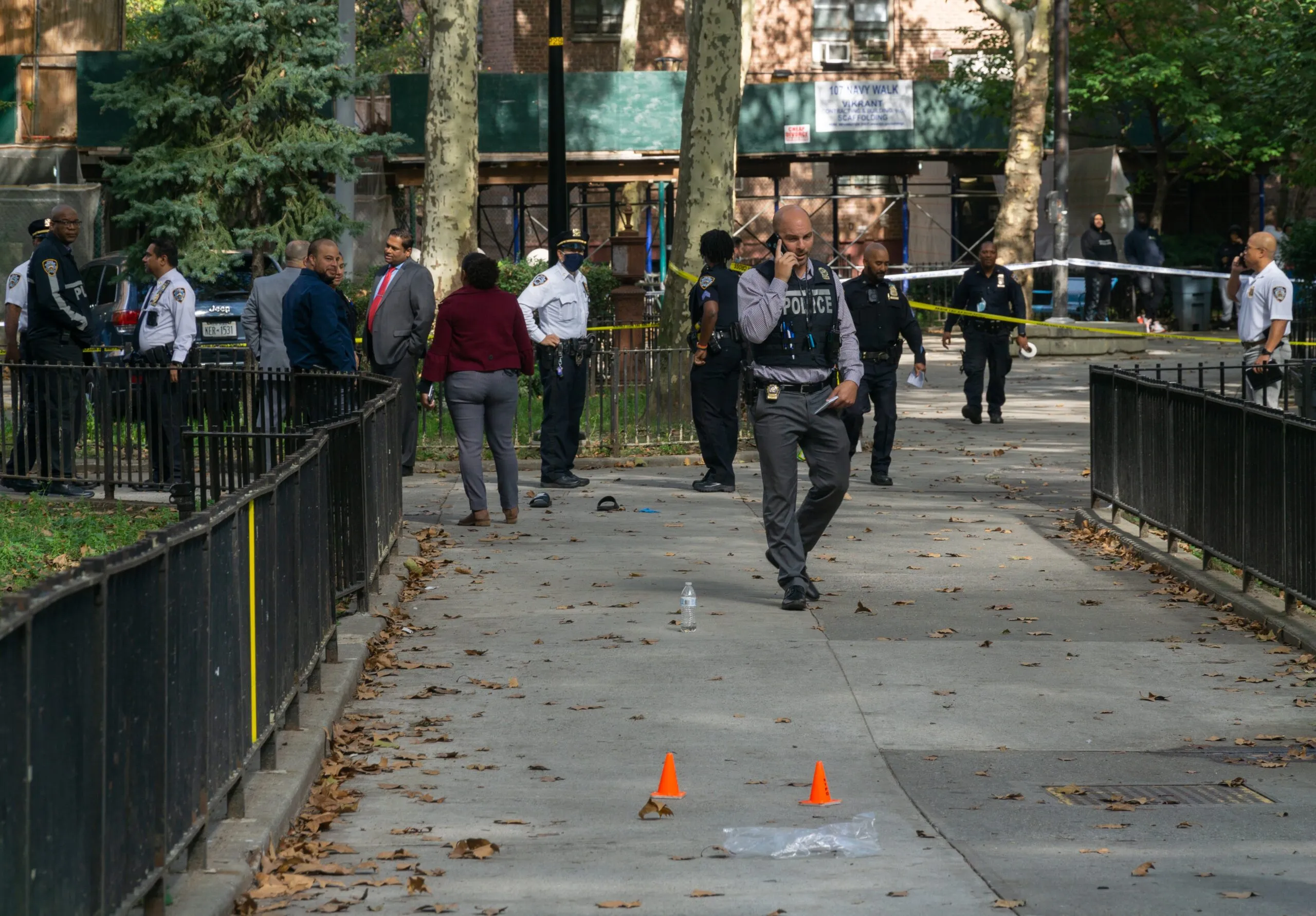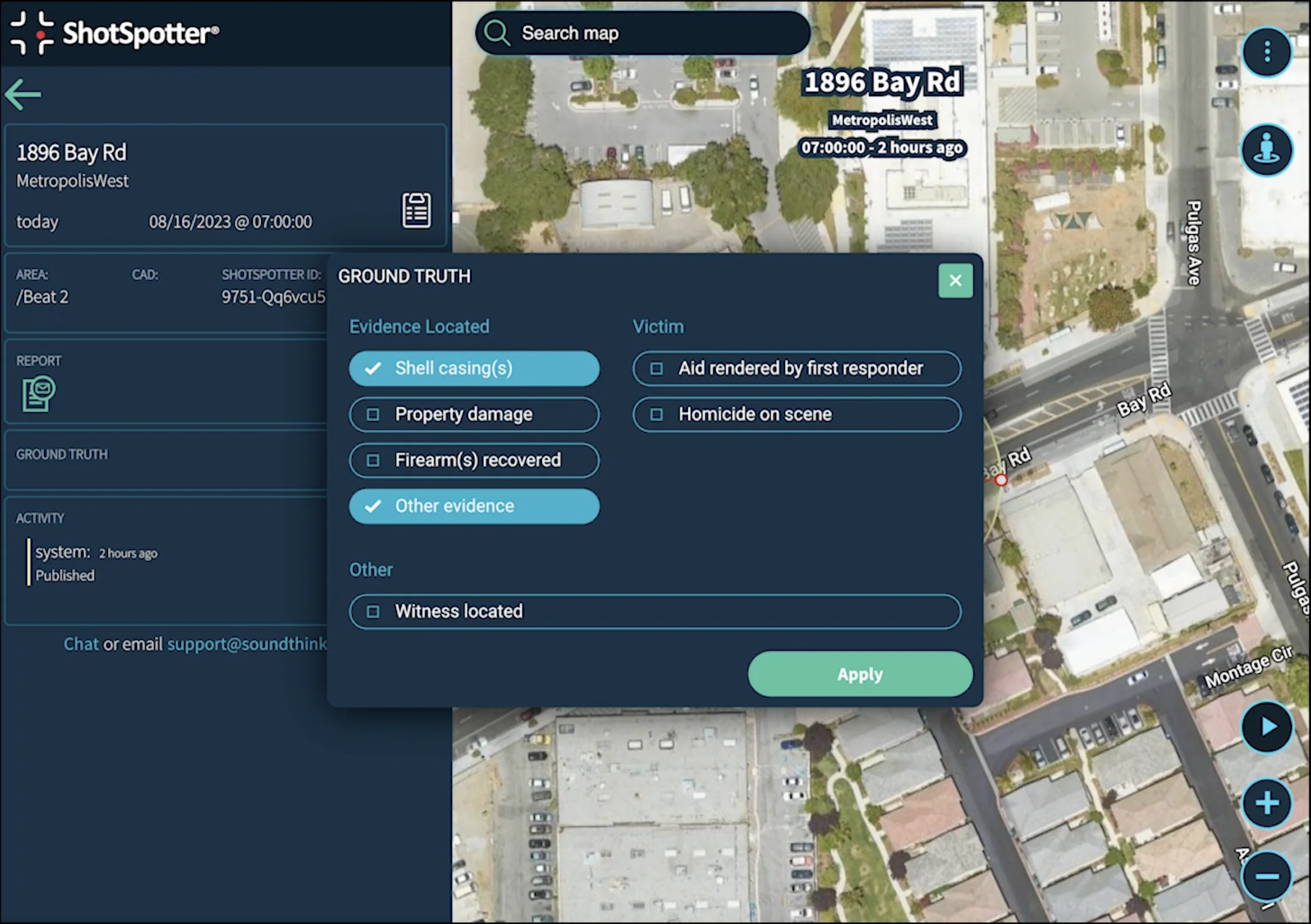When I retired from the Bureau of Alcohol, Tobacco, Firearms and Explosives (ATF), I received many great gifts. One of my favorites was a framed copy of a Gatling Gun patent drawing. Many people think of the Gatling Gun as the world’s first machine gun, even though its rotating barrels would not qualify it as a machine gun under the modern legal definition.

The terrible irony is that the Gatling Gun’s invention was motivated by a desire to save lives. You see, around the time of the Civil War, more soldiers died from disease than combat. As Dr. Richard Gatling wrote, “It occurred to me that if I could invent a machine—a gun—which could by rapidity of fire, enable one man to do as much battle duty as a hundred…” the size of armies could be reduced, and fewer soldiers would succumb to sickness.
We know now, of course, that is not what happened. The advent of the machine gun made military fighting so destructive that during WWI, soldiers fought from trenches to avoid being mowed down, and the territory between the trenches became known as ‘no man’s land.’
Machine Guns and Crime
The machine gun also became a tool for criminals. To read about the history of the ‘Tommy Gun’ and its adoption by early organized crime figures, see the blog post I wrote here: Ways to Reduce Gun Violence in a Machine Gun Era.
After Congress enacted the National Firearms Act of 1934, the use of machine guns to commit crimes became rare. That changed around 2019, when small devices that can convert a semi-automatic pistol into an illegal machine gun began to proliferate. In 2022, CNN produced a segment on it.
The ATF also reported a significant increase in seizures of machine guns and illegal conversion devices between 2017 and 2021 (the latest data it has reported publicly) in Volume Two of its National Firearms Commerce and Trafficking Assessment report.
ShotSpotter
SoundThinking’s acoustic gunshot detection system, ShotSpotter, not only detects, locates, and alerts police to shooting incidents, but it can also distinguish semi-automatic gunfire from fully automatic gunfire. That allows it to quantify—in near real-time—how often and where machine guns are being fired in cities that use ShotSpotter.
As the New York Times recently reported, ShotSpotter detected more than 75,000 rounds of full-auto gunfire, across 127 cities in 2022. (The system is deployed in more than 150 cities, but these 127 had active systems in both 2021 and 2022, allowing for an ‘apples-to-apples’ comparison). That was a 49% increase in full-auto incidents from the previous year.
Audio snippet – 4 rounds full auto
Audio snippet – 30 plus 3 singles full auto
Across all 150+ customers in 2022, ShotSpotter detected more than 97,000 rounds of full-auto gunfire. This reflects a 67% increase in total incidents over 2021, but it also includes a substantial increase in square miles covered, as more cities see the value of adding acoustic gunshot detection to their public safety technology toolbox.
Notably, in 2021, the 10 customers with the most full-auto alerts accounted for about 85% of the incidents detected. By 2022, however, the top 10 customers only accounted for 76% of full-auto alerts, indicating a dispersion of incidents across customers. The issue of illegal machine guns is both growing and spreading.
Unfortunately, although ShotSpotter has detected an overall drop in gunfire in 2023, preliminary data suggests the disturbing trend of machine gun fire is still increasing.
So, what is to be done about it?
Investigating Illegal Machine Guns
Police must prioritize responding to crimes involving machine guns. While police should respond quickly to all ShotSpotter alerts—they often help locate gunshot wound victims who need emergency aid—they should give the highest priority to full-auto incidents. A quick response to an alert may lead to the immediate arrest of the offender(s) responsible for the shooting.
Law Enforcement must conduct relentless follow up investigations. Although rapid response may not result in immediate arrests, follow-up investigations often can produce subsequent arrests. By collecting the casings left behind at these crime scenes and using NIBIN, they can generate leads and make connections. Recent academic research proves using ShotSpotter increases the recovery of this sort of ballistic evidence.
Intelligence analysis can help focus limited resources. Using SoundThinking’s InSight application, investigators and intelligence analysts can search historical ShotSpotter alerts. By filtering search results using the ‘full-auto’ tag, they can show trends or locate incidents that are potentially related. It also allows them to identify hot spots that call for focused attention.
Prosecuting Illegal Machine Guns
Once offenders are identified and arrested, they must be fully prosecuted. ShotSpotter evidence can be useful to these prosecutions in a few ways.
ShotSpotter can help prove knowledge. The Supreme Court has held that to convict an offender for possessing an illegal machine gun, prosecutors must prove the defendant knew it was a machine gun. This sounds simple enough, but illegal conversion devices are small and inconspicuous. A defendant may claim they did not know one was installed. We know criminals are intentionally making the switches difficult to detect for this reason. By having an audio recording of the firearm being fired, prosecutors can overcome this claim of ignorance.
ShotSpotter evidence can help detain offenders longer. Often, the most readily provable offense a prosecutor can charge involves simply possessing the firearm, even though the real ‘crime’ involves using it. With ShotSpotter evidence, however, prosecutors can show the court that the firearm was actively employed. For instance, federal prosecutors in Miami used ShotSpotter to argue for an increased sentence where ShotSpotter showed the defendant fired the gun he was convicted of possessing.
ShotSpotter data can give context to the issue. In Puerto Rico, federal prosecutors include data from ShotSpotter alerts in sentencing memoranda to highlight the disproportionate threat machine guns pose in their jurisdiction. In a case currently pending before the First Circuit Court of Appeals, the U.S. Department of Justice argues such community factors are appropriate considerations in determining a sentence.
Rallying the Community
Police and prosecutors cannot solve the problem of violent crime alone, and that includes the rising use of machine guns. It will also take the trust and support of the community.
Use technology to find where to steer outreach and resources. By using the precise locations identified in every ShotSpotter alert, and leveraging data-driven solutions, resources can be directed to where they are needed most and can do the greatest good. This helps deliver critical resources and services to residents more effectively and efficiently, of course, but it also helps foster increased community trust.
Educate the public about this public safety threat. As one mayor recently put it, when you hear the audio captured by some ShotSpotter alerts, it sounds like a ‘war zone.’ Knowing it is vital for the public to be informed about issues facing their communities, SoundThinking recently deployed a ‘ShotCast’ feature for public information officers at law enforcement agencies. It allows them to share a media-ready digital alert with local broadcast media, depicting the approximate location of the gunfire event on a map by an animated dot, combined with recorded audio of the shooting. Now they can hear for themselves what law enforcement hears every day.
By recognizing the serious public safety threat that illegal machine guns pose, by giving them the high-priority attention they deserve, by using best practices and all the tools that modern technology provides, and by working collaboratively—across agencies and with the community—authorities can address what has become one of the most pressing violent crime issues in America today.






